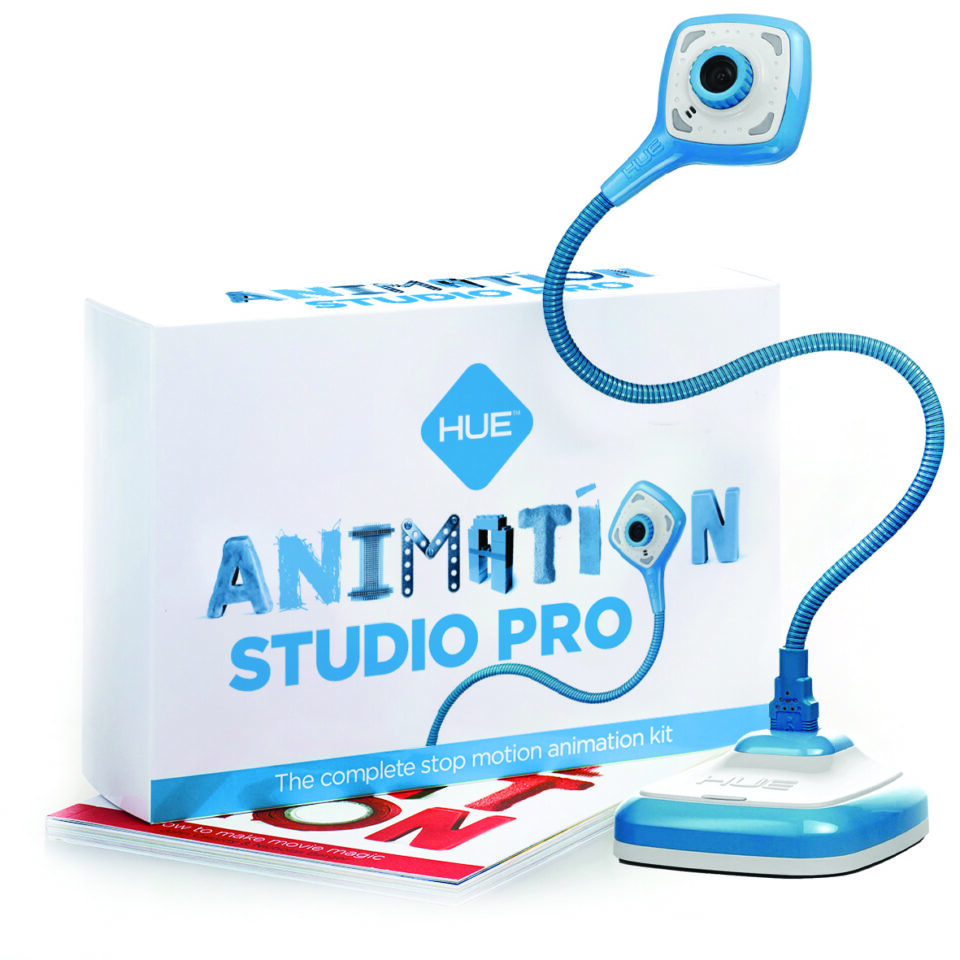
SAM in the first days of school

Animation Examples
With the recent announcement of Race to the Top awards, i3 awards, and other major initiatives in education – we are hearing a lot about assessment! Whether it is large-scale standardized assessments, alternative assessments, or the vast array of formative assessments – the question “What are our students learning?” has risen to the top of the educational agenda. In the work I do with pre-service teachers, we spend a lot of time discussing “what counts as assessment,” as they are often a bit confused by all the ways in which this term is used. If we’re willing to strip away the “what counts” issue – an issue that national policies, state-level policies, etc. are focused on – we can get down to the classroom-level assessment conversations. I, and the others at iCreate, have a belief that ALL students possess interesting and provocative ideas. The question becomes, “How do we tap into these ideas?”
For so many students, the ways in which they are asked to express themselves on assessment measures – writing, speaking, drawing – are not necessarily their strong suits. Especially when we begin talking about STEM topics – where language and terminology is incredibly precise and even advanced graduate students need to take courses on how to write about their discipline. If the experts in a field are taking classes on how to better write about their work, then we need to spend some serious attention on what kinds of experiences we’re giving to students as they learn to talk and write about STEM ideas.
I believe these experiences must include providing students with other means creating stop-motion animation, building physical models, using body motions, manipulating simulations – to express their ideas in order to gain a more accurate understanding of student learning. Until students are able to externalize their thoughts, it’s very difficult for them to work with them – to revise them, and develop more sophisticated understandings. Thus, I am arguing for expanding the ways in which students engage with STEM topics so that we can tap into the ideas and thoughts that students naturally develop as they go through life.
So, how is this post about assessment? If we do not know what students really think, how are we supposed to help them learn? If we don’t know what they know, how can we measure our progress as educators and refine our practice? Therefore, we believe that effective formative assessment begins with providing students with multiple and varied opportunities to share what they have learned. Not only so that we, as teachers, can assess that understanding, but also so that students can see their own knowledge in different forms – to discover holes in their thinking, ideas that they don’t yet understand, or areas where they feel particularly confident.
One such way to assess students’ understandings and to develop scientific thinking and more sophisticated ideas is through stop-motion animation. The medium is flexible and creative and broadens the access for students with a variety of strengths and weaknesses when it comes to sharing their ideas. Instead of animations being a stand-alone activity, think of them as a form of embedded formative assessments that can be continually revised as your students construct and strengthen their understanding. And ultimately, the freedom and creativity afforded the students in this medium suggest that stop-motion animation may be a much more accurate way of getting at what students really know.



